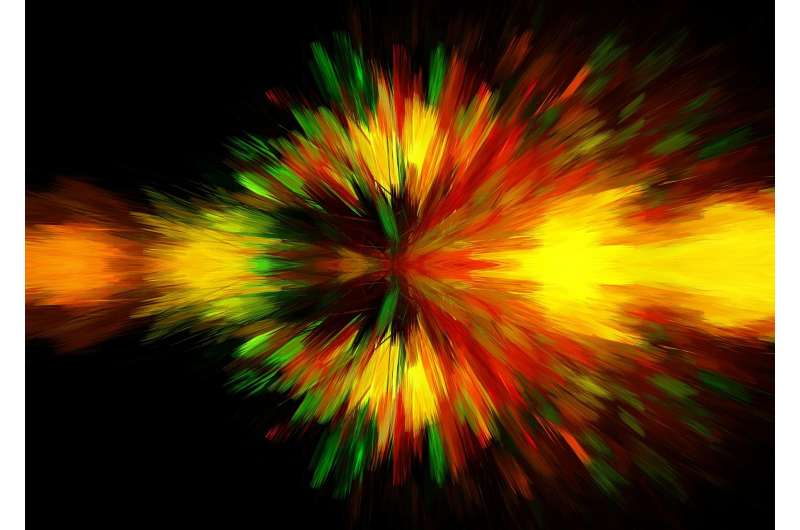Credit: CC0 Public Domain
A team of researchers from several institutions in Germany and Austria has developed a means for directly observing dynamical quantum phase transitions in an interacting many-body system. In their paper published in the journal Physical Review Letters, the team describes creating a unique ultracold environment that allowed for viewing the quantum phase transition.
Phase transitions are common in the observable world—water turning to ice, for example. Most of these types of transitions occur as a result of changes in temperature. But physicists know that there can be other types of transitions that occur due to changes in energy, which have famously been described by the Heisenberg uncertainty principle. To carry out experiments designed to test such transitions, researchers typically have to subject them to near absolute zero conditions to prevent thermal fluctuations from causing interference. In such experiments, time becomes the main transition factor, rather than temperature.
Back in 2013, a team of theoretical physicists noted that there appeared to be similarities between the evolution operator and the partition function. The role that time played in the evolution of a thermally isolated quantum system, they showed, was equal to the inverse temperature in a system that was at thermal equilibrium. Their calculations showed that a quantum system should be able to go through changes of state that were similar in nature to phase transitions. In this new effort, the researchers have proved this theory to be true by creating a modified transverse-field Ising model and manipulating the spin of ions held in an ultracold environment.
More specifically, the team trapped strings of 10 calcium-40 ions using a magnetic field in a freezer where temperatures were reduced to near absolute zero. At the outset, the spins were all set to point in the same direction. The team then randomly changed the spin states of each, taking the system out of equilibrium, and observed what happened—theory had predicted the system would evolve back over time to a point where all the spins were once again aligned; the team reports that the spin points occurred at the times that had been predicted, proving the theory to be correct.
It is believed that confirmation of the theory will lead to a better understanding of quantum matter behavior and phase transitions in particular.
More information: Victor Gurarie. Quantum Phase Transitions Go Dynamical, Physics (2017). DOI: 10.1103/Physics.10.95
Journal information: Physical Review Letters
© 2017 Phys.org























